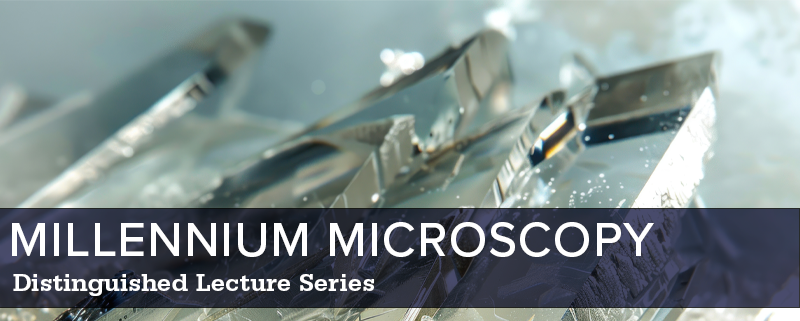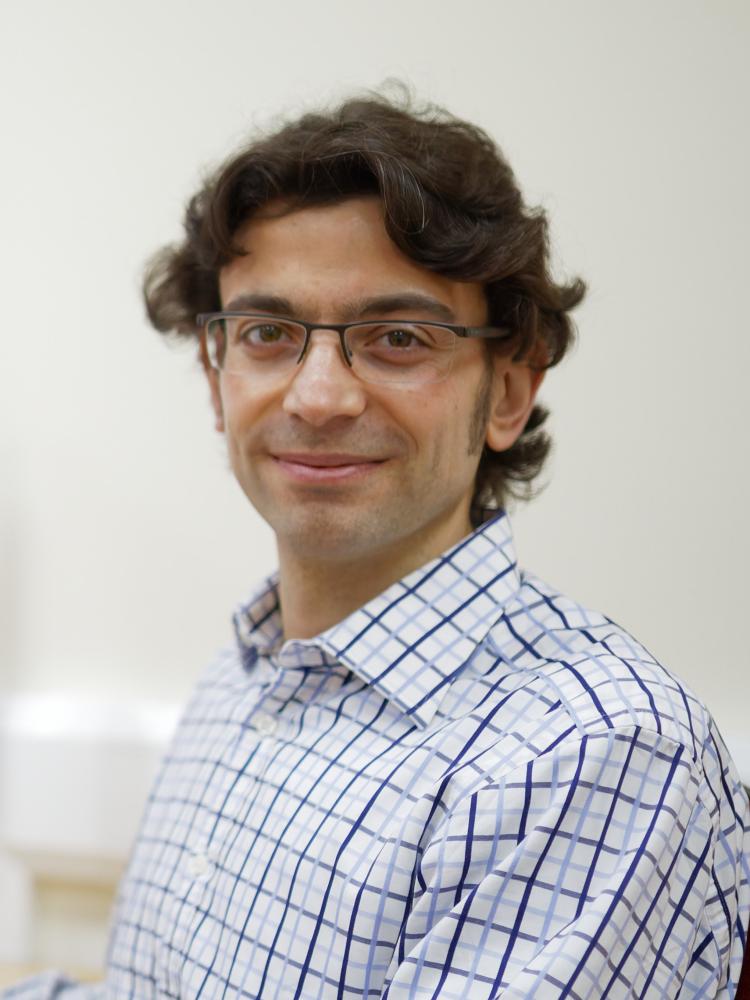
Upcoming Lectures
This lecture series is sponsored by the Materials Research Institute, Chemistry, Physics, Engineering Science and Mechanics, and Nuclear Engineering Departments
April 4, 2025
12:20 p.m. - 1:10 p.m.
N-205 Millennium Science Complex
University Park, PA
High-resolution electron energy-loss spectroscopy: how recent advances have now truly put a “synchrotron in the microscope”
 Quentin Ramasse
Quentin Ramasse
SuperSTEM Laboratory and University of Leeds, UK
Abstract:
At the dawn of the aberration-correction era, Prof. L. Mick Brown encouraged the microscopy community in now a seminal lecture to embrace and adopt widely this new technology, which promised, in his words, to place a “synchrotron in the microscope”. Although perhaps merely aspirational at the time, methodological and technological advances in the intervening decades, especially in the field of high (spatial and energy) resolution electron energy loss spectroscopy (EELS), have arguably made this vision come true.
By pushing the energy resolution of state-of-the-art scanning transmission electron microscopes (STEMs) below 10meV while maintaining atomic-sized probes, and in combination with a step change in detection technology, the chemical and electronic structure of a wide range of materials systems can be directly determined with unprecedented detail, across the energy scale from the core-loss to the vibrational spectroscopy regimes. It is possible to fingerprint the bonding of single impurity atoms as well as their localised vibrational signature, offering insights into how the smallest building block of matter can affect overall properties of materials. Encouraging steps have been taken recently towards the ability to map electronic states (orbitals) in real space at the atomic scale; exploring momentum space while balancing probe size (spatial resolution) opens a unique nanoscale experimental space to study the dispersion behaviour of excitations in materials; and there are early experimental hints that beyond vibrational spectroscopy, excitations such as magnons, periodic oscillations of the spin of charge carriers in materials, can be detected in the STEM, perhaps even at atomic resolution.
Short Bio:
Quentin is the Director of the SuperSTEM Laboratory, the UK National Research Facility for Advanced Electron Microscopy, and holds the Chair of Advanced Electron Microscopy jointly at the Schools of Chemical and Process Engineering & Physics and Astronomy, University of Leeds, U.K. After a MEng in France and a MMaths at the University of Cambridge, he obtained his Ph.D. in Physics from the University of Cambridge working on optical aberration measurements methodologies for aberration-corrected STEM. Before taking up his post at SuperSTEM he held a Staff Scientist position at the National Center for Electron Microscopy (NCEM) in Berkeley, a U.S. Department of Energy-funded user facility where he took part in the TEAM project. As the director of SuperSTEM for the last 15 years, Quentin has masterminded the facility’s adoption of emerging technologies for the benefit or its user community, commissioning one of the first meV-capable instrument in the world. He has pioneered single-atom core-loss and vibrational spectroscopy, nanoscale momentum-resolved EELS and real-space orbital mapping in the STEM. He was recently awarded the Royal Microscopical Society Mid-Career Scientific Achievement Award, as well as the European Microscopy Society EM Award for the Physical Sciences, which highlighted his contributions to the development of advanced electron microscopy.
